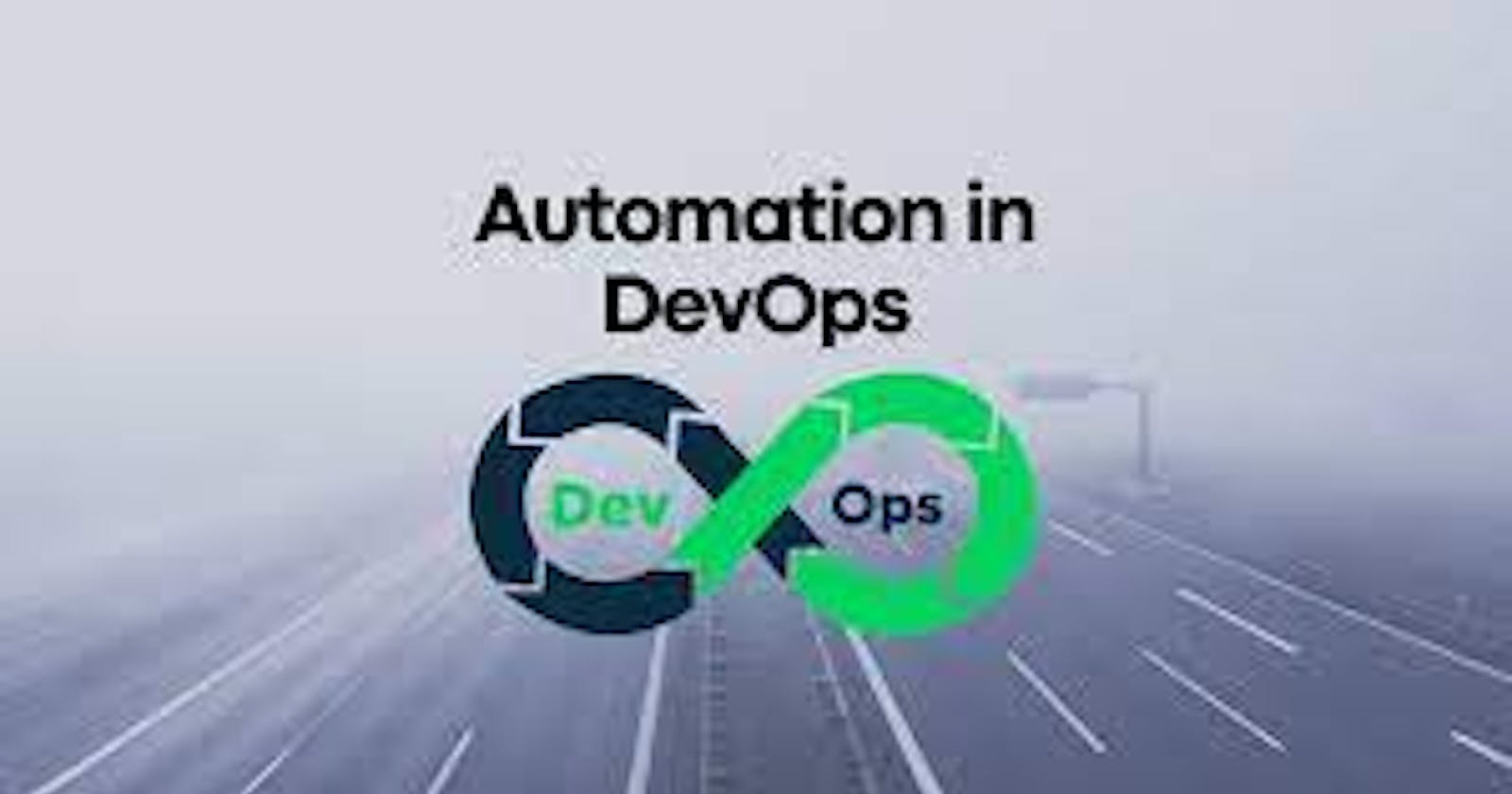Introduction
Automation plays a pivotal role in the realm of DevOps, revolutionizing how organizations deliver software, products, and services. By minimizing human intervention and streamlining the software development life cycle (SDLC), automation enhances productivity, shortens time-to-market, improves software quality, and reduces the risk of errors.
The Significance of Automation in DevOps Automation in DevOps encompasses the design, development, and deployment of software and systems with minimal human involvement.
Its benefits include:
- Speed and Efficiency: Swift development and deployment lead to faster delivery of features and fixes to customers.
Reliability: Automated systems exhibit fewer human errors, ensuring more dependable code deployment and management.
Consistency: Automation ensures that routine tasks are consistently performed, yielding reliable outcomes.
Cost Reduction: Manual intervention in mundane tasks is eliminated, resulting in lower operating costs.
Increased Productivity: By handling routine tasks, automation empowers teams to focus on high-level objectives.
An Overview of Automation in DevOps
The automation journey spans various stages of the SDLC, forming the DevOps pipeline, which seeks to shorten development times and enhance software quality.
Development: Automation commences with source control tools like Git, aiding developers in managing and tracking code changes.
Integration: Continuous Integration (CI) tools such as Jenkins automate the build process, enabling early issue identification.
Testing: Automated testing tools like Selenium ensure error-free code ready for deployment.
Deployment: Continuous Deployment tools like Kubernetes automate the deployment process, ensuring consistent and swift releases.
Documenting: Technical documentation is streamlined with tools like Scriversi, maintaining updated, error-free documentation through each version and release.
Monitoring: Automated monitoring tools like Prometheus offer real-time insights into application performance, facilitating proactive troubleshooting.
Examples of Automation in DevOps
Continuous Integration/Continuous Deployment (CI/CD): Jenkins allows automation of various stages in the build pipeline, enabling seamless integration and deployment.
Infrastructure-as-Code (IaC): Terraform simplifies provisioning computing infrastructure through machine-readable script files.
Configuration Management: Ansible automates software provisioning, configuration, and application deployment.
Monitoring and Logging: Prometheus gathers data on software and hardware performance, alerting teams to issues.
Technical Documentation: Automated solutions, like Scriversi, simplify the creation and maintenance of technical documents.
Conclusion
Automation in DevOps is not a luxury but a necessity. By automating repetitive tasks, teams can focus on innovation and customer-oriented solutions.
CI/CD, IaC, configuration management, monitoring, and logging are essential aspects of this transformation.
Jenkins, Terraform, Ansible, Prometheus, and Scriversi serve as indispensable tools, empowering DevOps practices to be more efficient and effective.

